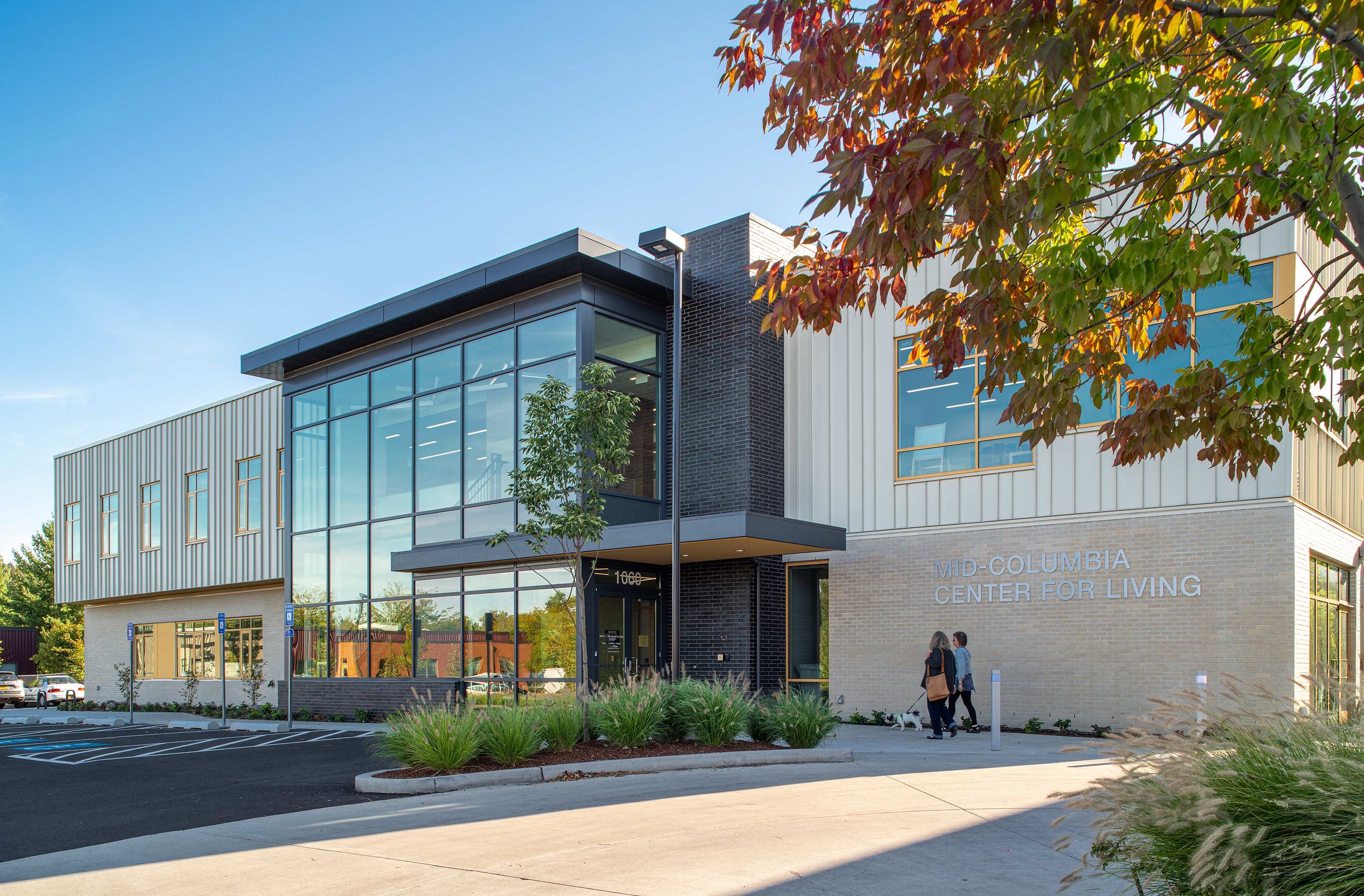OregonCFS Secure Residential Treatment Facility
Residential treatment facility design promotes home environment
Scott Edwards Architecture is leading the architectural design for the new Community First Solutions Secure Residential Treatment Facility in Salem, Oregon. The facility, made possible through a grant from HB 5024 (2021), provides a safe, supportive, and therapeutic place for individuals with persistent mental and behavioral health needs to receive treatment. The architectural approach focuses on solutions that support rehabilitation while ensuring the highest security standards. SEA applies the principles of trauma-informed design to create a place that offers areas of respite for both residents and staff, fosters community, and provides flexible indoor and outdoor spaces. The facility has 16 resident beds and will serve individuals in Marion and Polk Counties, delivering essential services to these regions.
Client
Community First Solutions, LLC
Location
Salem, OR
Size
12,000 sf
Year
Est. November 2025
The treatment facility is carefully sited to avoid neighboring wetlands. Alongside this important design consideration, sustainability is incorporated in several ways, including a roof that is solar-ready and sourcing materials with the lowest carbon footprint possible.
The Secure Residential Treatment Facility offers 16 locked residences where individuals will receive a range of treatment and services, including psycho-social rehabilitation, skills building, group therapy, medication support, and pre-vocational and social work support. SEA balances a home-like environment with safety, demonstrating how good design can be an essential healing element in behavioral health environments. The experience of residents and staff is prioritized in the functionality of the floor plan, with ample natural light, access to secured outdoor spaces, and a comfortable interior that promotes well-being.
Scott Edwards Architecture pulls from Japanese and Scandinavian influences to create a tranquil healing environment. The materiality, color palette, and connection to the local vernacular all contribute to this design concept.
Acknowledgements
SEA Team
Alden Kasiewicz
Margaret Wilson
Jill Arnold
Abbey Pleiss
Chris Rymal
Jenna Hays
Andrew Smeby
Project Team
CD Redding
PAE
TM Rippy Consulting Eng.
HHPR
Koffel Compliance
Photography Credits
Renders by SEA




